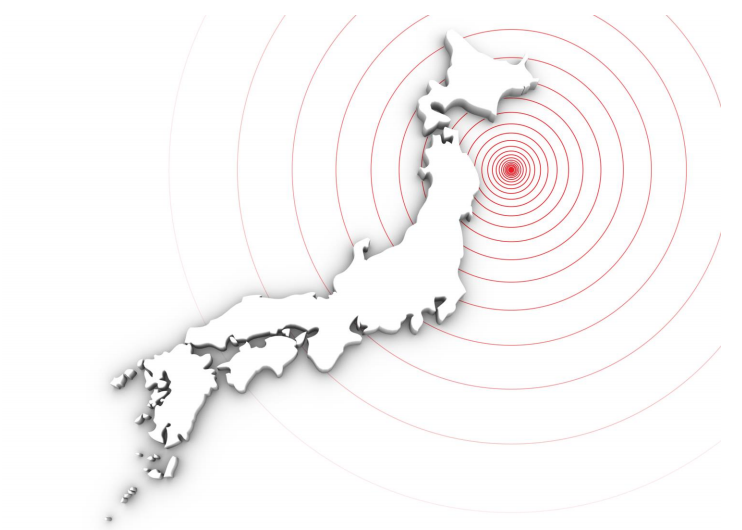
Regulating Japanese Nuclear Power in the Wake of the Fukushima Daiichi Accident
The 2011 accident at the Fukushima Daiichi nuclear power plant was preventable. The Great East Japan earthquake and the tsunami that followed it were unprecedented events in recent history, but they were not altogether unforeseeable. Stronger regulation across the nuclear power industry could have prevented many of the worst outcomes at Fukushima Daiichi and will be needed to prevent future accidents.
In an FAS issue brief, Dr. Charles Ferguson and Mr. Mark Jansson review some of the major problems leading up to the accident and provides an overview of proposed regulatory reforms, including an overhaul of the nuclear regulatory bureaucracy and specific safety requirements which are being considered for implementation in all nuclear power plants.
The grant comes from the Carnegie Corporation of New York (CCNY) to investigate, alongside The British American Security Information Council (BASIC), the associated impact on nuclear stability.
Satellite imagery of RAF Lakenheath reveals new construction of a security perimeter around ten protective aircraft shelters in the designated nuclear area, the latest measure in a series of upgrades as the base prepares for the ability to store U.S. nuclear weapons.
It will take consistent leadership and action to navigate the complex dangers in the region and to avoid what many analysts considered to be an increasingly possible outcome, a nuclear conflict in East Asia.
How the United States responds to China’s nuclear buildup will shape the global nuclear balance for the rest of the century.